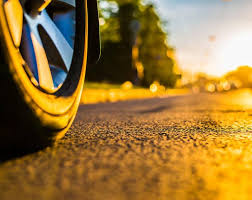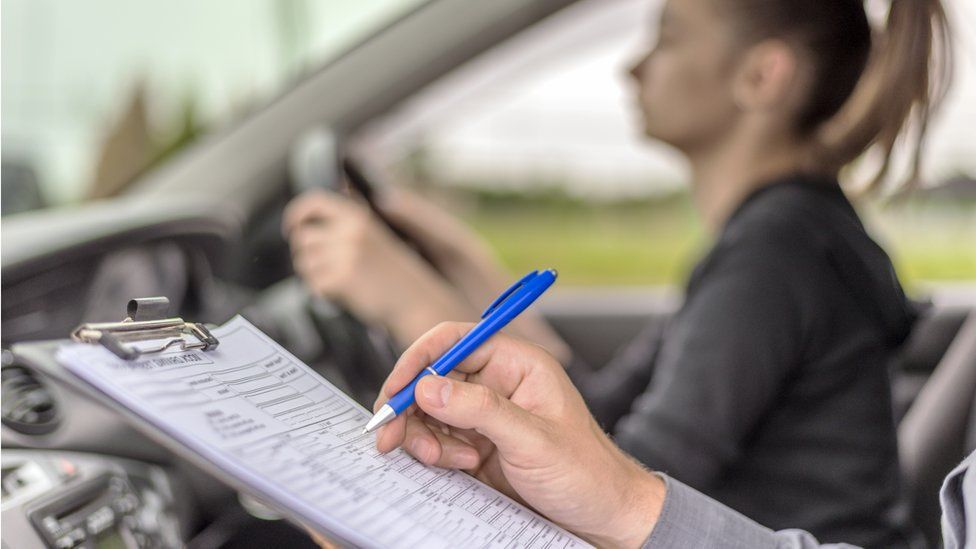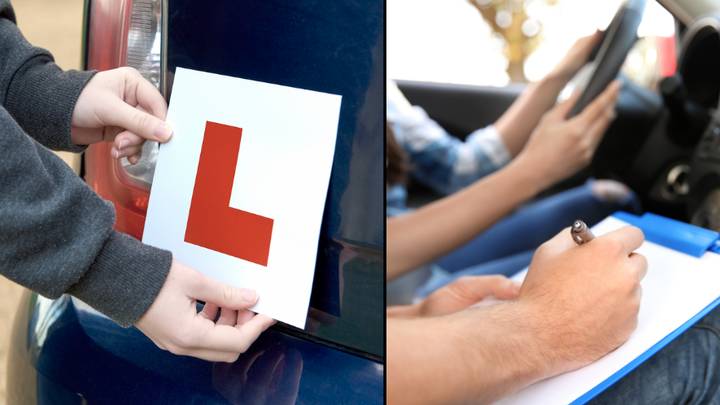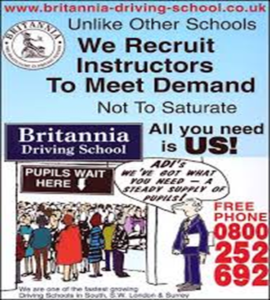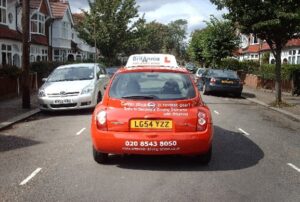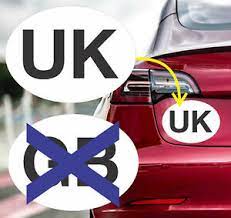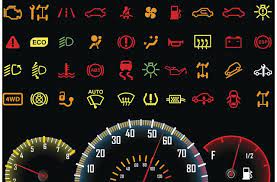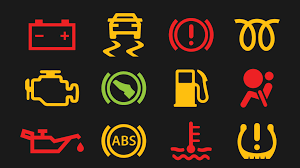Driving during the hot weather can be some what uncomfortable, especially with British summer the weather can be unpredictable and temperatures can soar up to the mid 30s during heatwaves. There are a few ways you can make it cooler for yourself whilst driving during hot weather spells such as:
- Keeping clothing light and airy – To avoid overheating
- Suitable footwear – Driving in flip flops the rule states you must have footwear and clothing which “does not prevent you using the controls in the correct manner”. If you’re in an accident and the police see that you have flip flops on, or no shoes at all, you may be found to be “driving without due care and attention”.
- Taking a cold bottle of water with you – To help cool you down internally
- Avoiding long journeys – To avoid becoming hot and tired
- Using air con when available appose to opening windows – As air coming in from the windows will be hot
- Using a heat shield when the car is not in use – To block the sun from heating up the car when not in use
- Using a sun shade for kids – To help keep them cool and keep the direct sun off them
- Using cooling sprays – To mist over yourself if you feel yourself becoming too hot
- Wear sun glasses – To avoid becoming dazed particularly by the low morning and evening sun
- Never leave pets or children in a hot car unattended
- Apply sun cream before setting off on a long journey – The sun’s rays can penetrate the windows of your car
- Choose cooler times to travel – Not between the hottest hours 12-3pm
- Try and choose routes that may have less traffic – To reduce unnecessary time spent in your vehicle
Also you must remember to also keep your vehicle safe as well by making sure your car is well serviced,the hot weather basically exacerbates any faults already present in the vehicle. Keep your vehicle topped up with fluids, including screen wash and clearing those summer pests from the window screen. Keeping a bottle of water for your car could also be a valuable asset should you need it to cool your car down in extreme heat or long journeys. Also something to bare in mind after a heatwave is Highway Code rule 237 also states: ‘If it rains after a dry spell [the road surface] may become slippery. These conditions could affect your steering and braking’. After all this is the Great British Summer time and it can be quite lets say unpredictable .. So summer showers are to be expected so remember the roads will be more slippery than in typical wet conditions.
When the weather’s nice and warm, your car’s fuel levels drop a lot quicker than usual. This means you can’t rely on your normal estimations of how much time you have left before needing to fill up, so keeping your car fuel levels good insures you the security that you wont be left stranded somewhere you aren’t familiar with in the boiling heat.
 Buy Gifts Vouchers Here
Buy Gifts Vouchers Here Intensive Driving Courses
Intensive Driving Courses Driving Test Booking Services
Driving Test Booking Services



